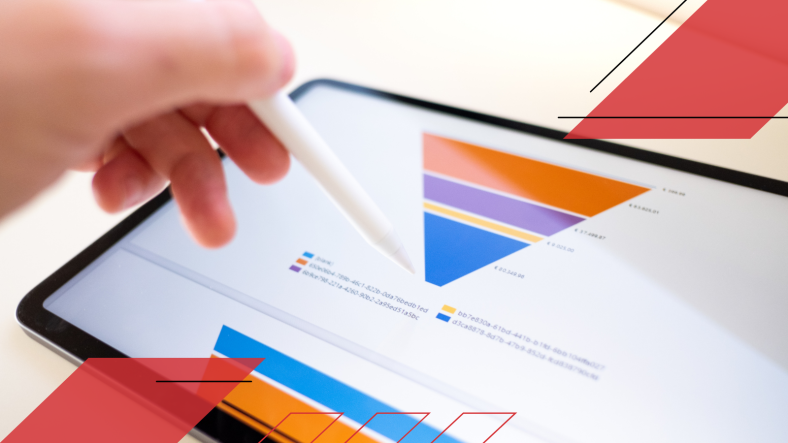Introduction
You’re wasting money by not implementing full-funnel attribution. B2B sales cycles are usually very long, with as many as 40 touches required to close a single deal. This means that in the entire customer journey, there might be multiple touchpoints that your business is ignoring that might be having a great impact on their buying decisions. You cannot have a complete understanding of your customers without understanding their journeys. And to understand your customer’s journey, you need full-funnel attribution.
In this guide, we’ll explain everything you need to know about full-funnel attribution, its benefits, and how to implement it for your B2B business.
What is Full-Funnel Attribution?
Imagine you have a social media management tool and you have a good marketing budget to push it across different channels. After noticing significant results coming in from paid social, you decide to invest more in it and move the budget from other channels. However, this doesn’t last that long as you start seeing a drop in your overall sales.
After digging deeper, you realize that the customers who were converting through paid social ads had initially interacted with the business through other marketing channels. These different touchpoints effectively influenced their decision. The customers didn’t just magically convert on your social media ads but rather were going through a ‘customer journey’ with a number of touchpoints pushing them further down the funnel.
If you had implemented full-funnel attribution, you would’ve not missed this view of your customer’s journey.
What is the difference between full-funnel and multi-touch attribution?
While you might be tempted to think that full-funnel attribution is the same as multi-touch attribution, that’s not really the case. Full-funnel attribution covers every touchpoint of the marketing funnel, starting from awareness to conversion. It considers the overall impact of the different touchpoints that ultimately influence a prospect to convert, and allocates credit to each of them. This can include offline touchpoints as well.
Multi-touch attribution considers the different touchpoints across the funnel, but may or may not cover the entire funnel. It aims to focus on some key touch points more than others, that it considers are directly contributing to the conversions, based on predefined models. These models include linear, time decay, and others, and credits are allocated based on them.
How to Implement Full-Funnel Attribution
Define Your Marketing Funnel
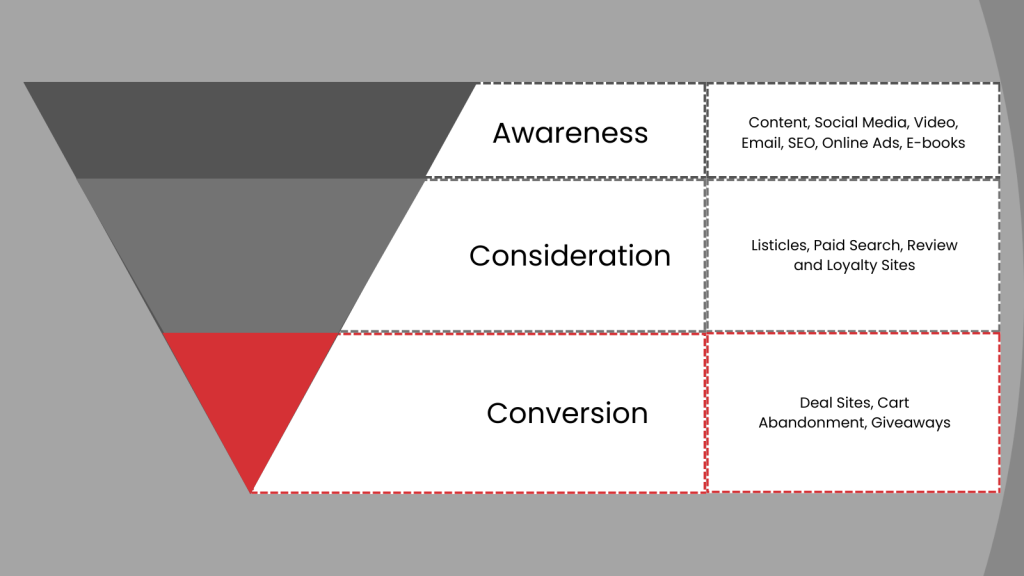
The first thing you need to do when implementing full-funnel attribution is to look at all of your existing marketing channels. Identify how your customers interact with the brand through these different channels. It might be that customers are visiting your social media profiles to get more information about the business and the people behind the brand. They might be visiting your website to download case studies or whitepapers. They might be interacting more with your newsletters than the more sales-centric outreach emails. So have a look at how your customers interact with the brand in each channel.
Choose an Attribution Model
Attribution models are frameworks that are used to assign credit to various touchpoints and interactions in a customer’s journey, leading to the desired action, such as conversion. Businesses use attribution models to understand how different activities and marketing channels contribute to the success of their marketing campaigns. Let’s look at some of the attribution models you can choose.
- First Click Attribution – Also known as the first touch attribution model, this is a straightforward method of assigning credit to touchpoints in a customer’s journey. In this attribution model, all of the credit for a desired outcome is given to the first interaction that your customer has with your business.
- Last Click Attribution – Last touch attribution is also a simple method, but in this case, all of the credit for a conversion is given to the last interaction a customer has that leads to the conversion.
- Linear Attribution – For a more balanced and even-handed approach, you might want to consider the linear attribution method. Unlike first-click and last-click methods, in the linear attribution model, you distribute equal credits to each touchpoint. While this is more complex, it does provide a complete and holistic view of how interaction on each touchpoint contributes to the conversion.
Add UTM Parameters to All of Your Campaigns
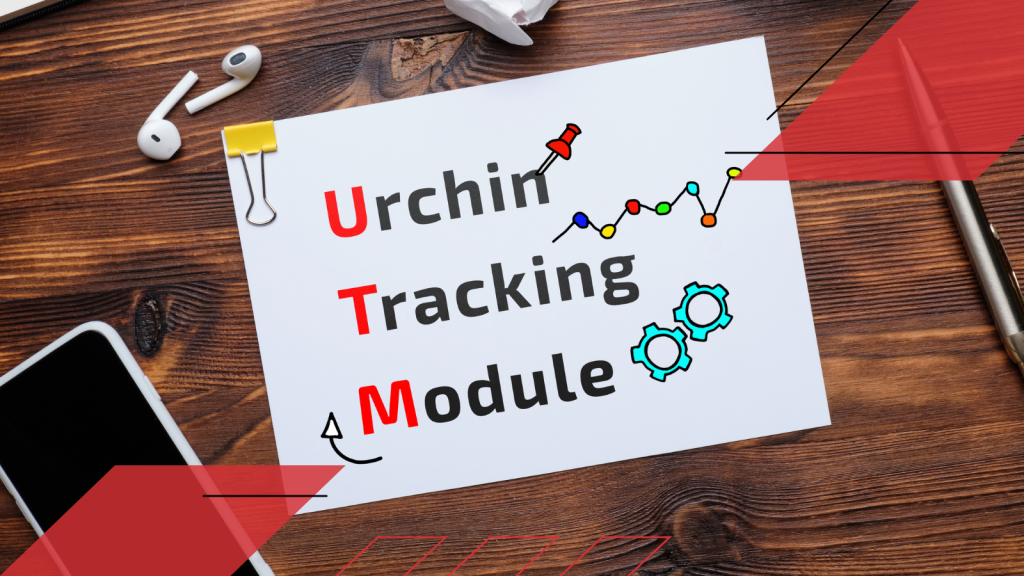
Urchin Tracking Model (UTM) tracking codes are widely used to see the original source of traffic coming to a website beyond the standard referral metrics provided by Google Analytics. UTM codes can track sources such as Google Ads, Meta Ads, Affiliate channels as well as email marketing campaigns. You can use five different tags within UTM parameters to track your marketing campaign data.
Once the UTM parameters are set up, all you have to do is go to your Google Analytics dashboard to get a granular view of your marketing campaigns and conversions, including things like contact form queries, newsletter subscriptions demo requests, and product purchases. GA Connector provides a simple UTM builder that can get you started in no time.
Collect and Integrate Marketing Data
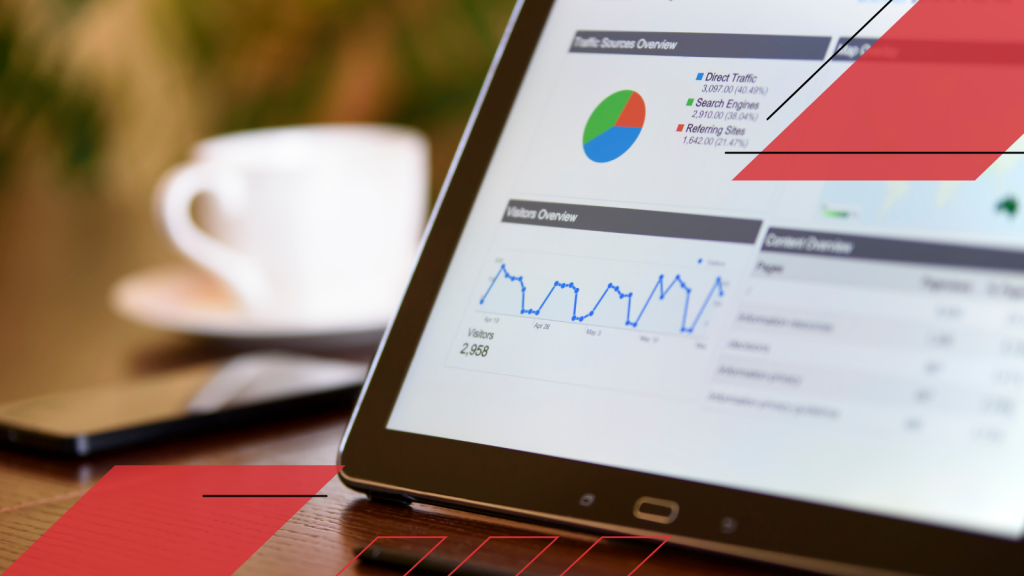
With an increased focus on data privacy, implementing full-funnel attribution has become more challenging. The launch of iOS 14.5 sparked the death of third-party cookies that used to play a significant role in full-funnel attribution. Moreover, Safari and Mozilla Firefox have also been taking steps to phase out third-party tracking, with Google completely blocking them this year. All this means is that advertisers now have limited visibility of user interactions across different devices and websites, making it harder to attribute conversions and revenue to a touchpoint.
There’s now an increased need for using first-party data, requiring marketers to look for innovative marketing tactics. This first-party data is collected directly from users who have interacted with your business and remains accessible and available to build campaigns. With GA Connector, you can integrate all of the leading CRMs with Google Analytics, allowing for seamless first-party data management and ensuring all data privacy policies are adhered to.
Segment Leads Based on Their Behavior

To avoid getting consumed by data and information that full-funnel attribution can provide, your business must map out the entire customer journey and consider all the touchpoints they encounter. Once done, you should focus on what you want to achieve from each marketing channel. For example, you should decide how many leads you want from TOF and MOF marketing strategies. While these practices might seem unnecessary, they will help you measure your marketing efforts accurately in full-funnel attribution. When segmenting leads based on their behavior, make sure you consider the following:
- Purchasing Behavior – Look at how customers act differently in their buying decision-making process. Purchasing behavior is broken into different categories. Some customers are complex, meaning they are highly involved in the purchasing and decision making process. Some customers will be classed as ‘variety seeking’, as they’re not too involved in the purchasing process, but there’s still a variety of products they’re considering. Then there are the ‘dissonance-reducing’ types that are making a major purchasing decision. There might not be much difference in the offering and the customers are solely making a decision based on price. There are also the ‘habitual’ buyers who don’t put much thought into their buying process, and they decide on one brand over the other simply based on the one they have more affinity with.
- Benefits Sought – A consumer’s behavior while researching a product or service can tell a lot about them. You can get an idea of the benefits, use cases, features, or pain points that apply most to them. When a customer gives higher value to certain benefits over others, that gives you an understanding of the driving factors that will convert them. Two prospects might look identical in their demographic makeup. However, they can possess entirely different values regarding the features and benefits that are important to them.
- Buyer Journey Stage – Segmenting customers by journey can be a bit tricky. This is because customers in different stages of the journey still tend to interact with content in various other stages and across different channels, at different times and in no specific order. Therefore, to improve the accuracy, it is important that leverage the behavioral data across different touchpoints and channels, allowing you to build weighted algorithms.
- Usage – This is a strong indicator of loyalty and churn and consequently the customer’s lifetime value. While some customers will be heavy users, others might be medium or even light users. A view of usage will allow you to investigate how you can gradually convert the light and medium users into heavy users, aka super users.
- Customer Loyalty – While habitual customers will continuously need the product or service you offer, loyal customers will continually purchase your products or services. It is crucial to segment your loyal customers as they generate a major bulk of your revenue while at the same time being less costly to retain than getting new customers
Visualize All Data With Dashboards
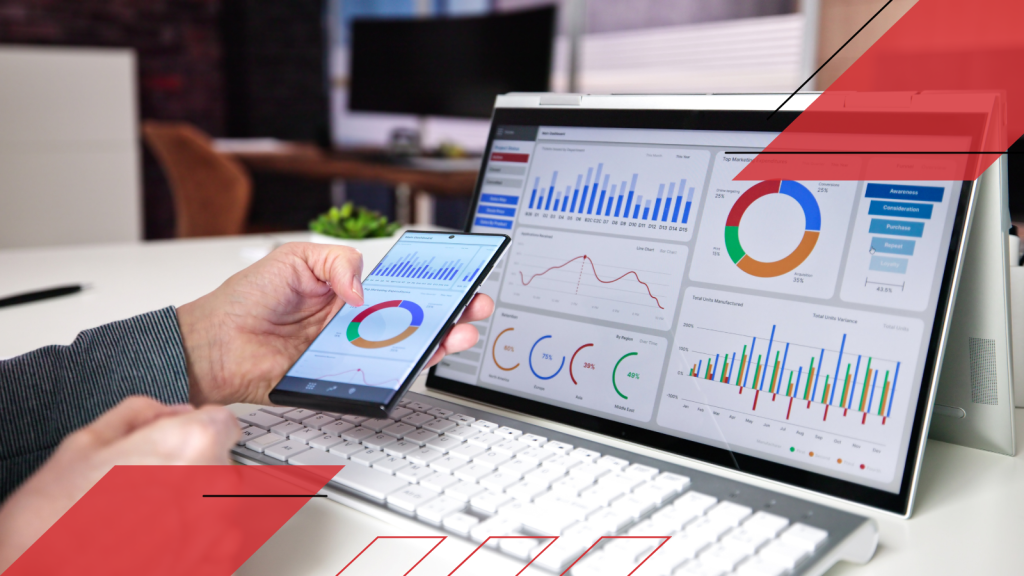
Once you’ve got all the segmentation in place and all the data is coming through in analytics, the next thing you’d want to do is visualize all this in a clean, purpose-built dashboard. There are many benefits of creating dashboards. They allow you to see the big picture. You’ll be able to eliminate silos in communications and processes and view your marketing strategy holistically. This will in turn help you make more informed decisions, as you’ll be able to track your performance against your main KPIs.
Dashboards also open more transparency across the organization – as your company will be able to keep tabs on all activities in real time and ensure better marketing budget management with efficient reporting. Moreover, an often ignored benefit of having dashboards is that it allows your entire organization to be on the same page, through a single point of communication and one source of truth.
Best Tools for Full-Funnel Attribution Tracking
Finally, you’ll want to know the best tools to help you with full-funnel attribution tracking. Below are some of the tools our experts recommend using for your business.
- Analytics:
- CRM:
- Attribution:
- A\B Testing:
Full-Funnel Implementation Case Study
Bookbuses.com is an American company that provides bus rentals across the US and Canada. Headquartered in New York City, the company rents out school buses and charter buses primarily to B2B customers. Just like any other B2B business, Bookbuses.com was looking for an efficient solution that would help them track their leads better and improve on the conversion rate. By implementing GA Connector, not only did they streamline their lead tracking processes, but also provide better customer service, resulting in 45% ad savings! Read the full case study here.
Conclusion
There you have it – full-funnel attribution explained with all you need to get started. When implemented correctly, this can lead to much better tracking of your customers and their journeys, increased efficiency within your business processes, and enhanced collaboration within your teams.
FAQs
- Can small businesses benefit from full-funnel attribution?
- Full-funnel attribution is beneficial for all types of businesses. In some aspects, smaller businesses and startups can benefit even more from it, as it allows for the smaller teams to free up their bandwidth and be more efficient with their time.
- Are there any privacy concerns with full-funnel attribution?
- With the crackdown on third-party data, there is a need for businesses and marketers to look to gather first-party data, that does not breach any privacy laws. See how GA Connector can help you integrate your CRM directly with Google Analytics for better data management.
- Can full-funnel attribution be used for all types of businesses?
- Full-funnel attribution can be great for any kind of business, including e-commerce, tech startups, B2B organizations, and more.
- What are the most common mistakes businesses make when implementing full-funnel attribution?
- The most common mistake made by businesses when implementing full-funnel attribution is that they bypass some of the crucial steps and don’t implement it in totality, For example, having full-funnel attribution implemented without sales and marketing dashboards will limit your visibility of your campaign performance.
